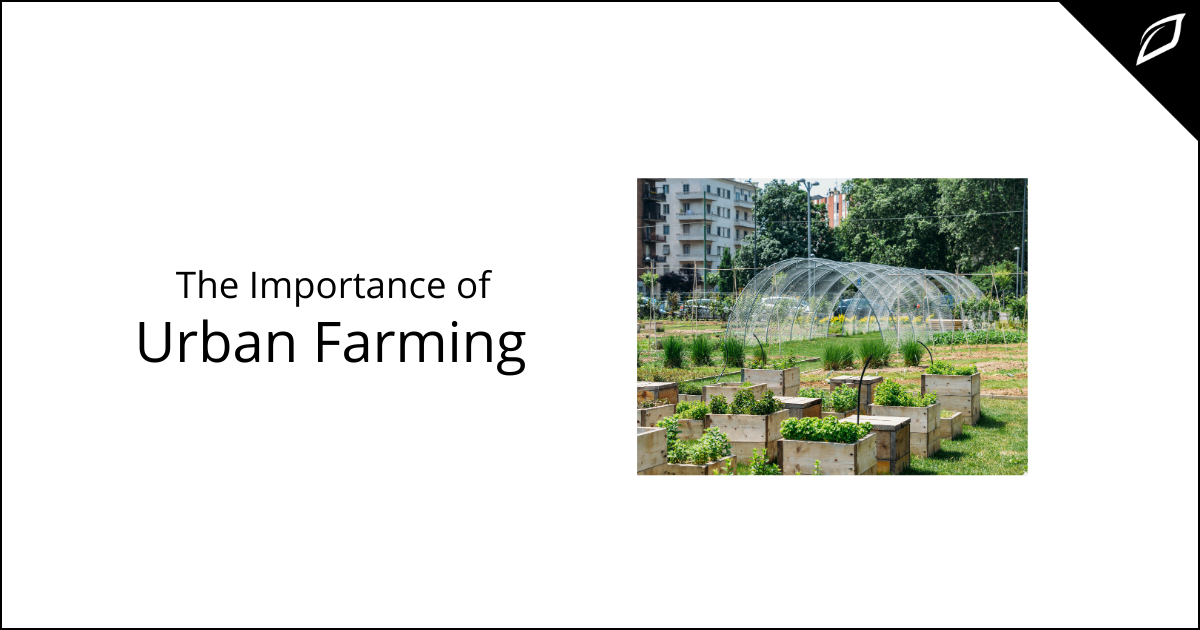The 25-Second Trick For City Blooming
The 25-Second Trick For City Blooming
Blog Article
City Blooming Fundamentals Explained
Table of Contents8 Simple Techniques For City BloomingCity Blooming Fundamentals ExplainedThe Buzz on City BloomingThe 3-Minute Rule for City BloomingExamine This Report on City Blooming
Urban yards often take advantage of warmer microclimates, permitting the growing of less durable plants such as palms and bamboo. https://blogfreely.net/cityblooming/welcome-to-our-website-city-blooming-is-all-about-city-and-urban-gardening commonly located in warmer regions. And as we have actually said, don't just choose little plants; small city gardens can take care of large plants and trees and choosing these over small fussy hedges will make the space really feel bigger and a lot more amazingMake use of large containers they do not dry out as promptly as smaller pots, so they are less function to keep water. Select hardscaping components for a city yard The organized lines, asymmetrical setup, and usage of contrasting products in this London-based Victorian balcony's yard design produce a seamless link with the style, making it look like a natural expansion of the general aesthetic.
Plant vertically Cover the walls in greenery, whether that be stunning climbers that ripple messily over your fencing or something more consisted of and contemporary like a living wall. Take advantage of a light well garden Whitewashed walls and light flooring ceramic tiles turn it from a dark and dull space into an area you would certainly desire to spend time on a Sunday morning with a mug of coffee.
Rumored Buzz on City Blooming
IoT-based ingenious gardening systems allow remote surveillance and automation of horticulture processes. Urban farming applications and on the internet sources provide beneficial information, pointers, and community assistance for urban garden enthusiasts.
They have a mission to end hunger in our generation by growing gardens on unused land in cities. They supply a selection of sources to aid people get entailed in urban farming, consisting of instructional products, gardening suggestions, and an area forum.

Things about City Blooming
Urban Development is a community-led business that works with both neighborhoods and developers to produce a healthier city. They are devoted to sustainability, empowerment, and delight, and they believe that every person has the power to make a difference. Urban horticulture is a powerful activity that brings nature back into the concrete forest.
Katy began at Gardening Express with minimal understanding of gardening, yet under the mentorship of Chris Bonnett and the various other gardening specialists in the business, she now has more than two years of experience in the gardening industry. Katy has edited 300 short articles on subjects such as plant care, garden designs, garden layout, and upkeep.
Katy's goal is to assist newbies and skilled garden enthusiasts alike develop and enjoy their very own welcoming exterior rooms easily.
Area gardens are semi-public areas shared by a neighborhood of next-door neighbors and other individuals where they collectively participate in growing fruits, veggies, or blossoms, sharing labor and harvest. It's terrific to obtain included in these sustainable jobs as they're equally valuable for you, the community, and the atmosphere. Neighborhood yards are found in communities, however can likewise be developed in schools, property lands, or institutions, such as hospitals.
The Greatest Guide To City Blooming
A few of the environmental benefits of community yards consist of: Remediation of vacant land and ecosystems by repurposing themProduction and upgrading of water infiltration and various other environment servicesPromotion of biodiversity by planting native plantsEducating the community concerning horticulture, metropolitan agriculture, and their benefitsReduction of food transportation decreasing air pollutionPromotion of sustainable agriculture practicesFostering social inclusionThe above ecological advantages show the general value of neighborhood yards and their payment to supplying habitat for microorganisms and food to the citizens, eliminating food insecurity.
Community yards contribute to attaining these goals as they come to all despite course, age, get more gender, education and learning, occupation, and so on, and play a huge role in raising understanding and knowledge concerning gardening and urban agriculture among the people. Neighborhood gardens highlight a requirement for city slicker to go back to nature.

And also, it removes food instability in communities which is a worthy goal. Working in a shared garden allows a return to real values.
The Buzz on City Blooming
A few of the environmental advantages of neighborhood yards consist of: Remediation of vacant land and communities by repurposing themProduction and upgrading of water seepage and other community servicesPromotion of biodiversity by planting indigenous plantsEducating the neighborhood regarding gardening, city farming, and their benefitsReduction of food transportation reducing air pollutionPromotion of sustainable farming practicesFostering social inclusionThe over ecological advantages reveal the overall significance of area gardens and their payment to supplying habitat for microorganisms and food to the citizens, getting rid of food insecurity.
Neighborhood yards add to achieving these objectives as they are available to all no matter of class, age, sex, education and learning, occupation, etc, and play a substantial role in increasing understanding and understanding concerning gardening and urban agriculture among the citizens. Neighborhood gardens highlight a demand for city slicker to go back to nature.
A way to get closer to nature by complying with ecologist valuesSpaces of social variety where conviviality and exchanges aboundPlaces that promote the combination of deprived teams or people with specials needs into the social fabricA method to improve your living setting (for people residing in homes and having little green space at their disposal)A location of neighborhood entertainment, to hold cultural events and outside partiesThe chance to grow vegetables, fruits, and herbs at reduced costAn opportunity to move and work out in the fresh air by devoting a few hours a week to gardening and preserving your garden plotThe possibility to share and exchange with other individuals products from the harvestOpportunities to increase awareness and enlighten people regarding ecological regard via techniques such as composting, organic gardening, rainwater harvesting, etc.
Plus, it eliminates food instability in areas which is an honorable objective. Functioning in a shared yard enables a return to true worths.
Report this page